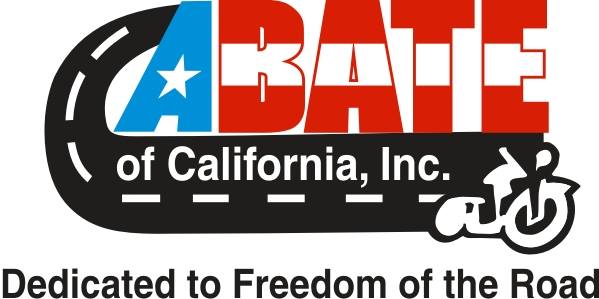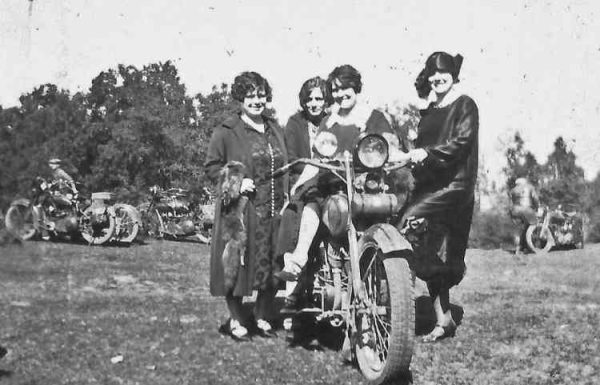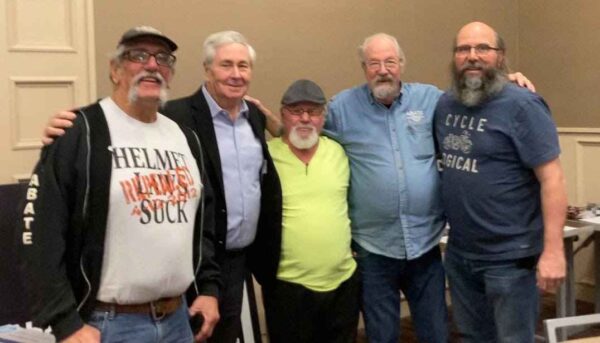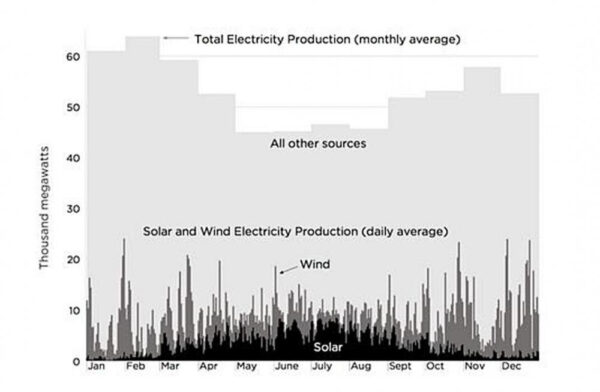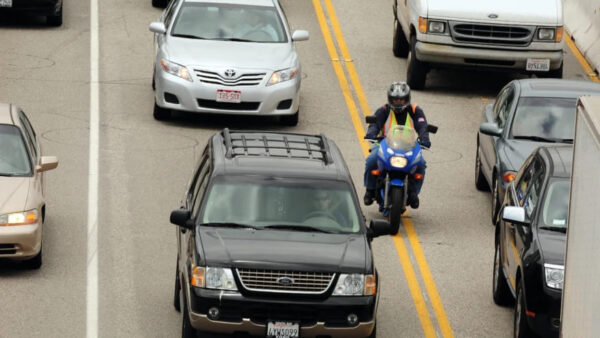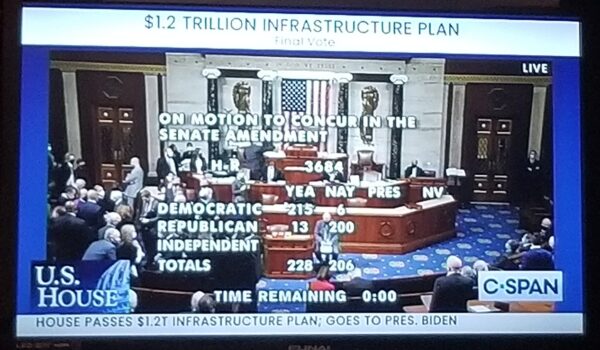U.S. House Committee Passes Bill to Stop California’s ICE Vehicle Ban
U.S. House Committee Passes Bill to Stop California’s ICE Vehicle Ban Encourage support from lawmakers on this proposal: The U.S. House Energy & Commerce Committee passed the SAN-supported Preserving Choice in Vehicle Purchases Act” (H.R. 1435). This bill seeks to preserve vehicle choice for consumers and prevent the federal government and the State of California from choosing only one form of technology (such as electric vehicles) over the many others to achieve their emission reduction goals. The “Preserving Choice in Vehicle Purchases Act” prohibits the U.S. Environmental Protection Agency (EPA) from issuing a waiver to California for regulations that would ban the sale or use of new motor vehicles with ICE in the state by 2035. The bill is essential to stopping California’s plan to ban of new ICE vehicles. Send a letter to your Congress members asking them to support the bill. H.R. 1435 awaits consideration by the U.S. House of Representatives. Lawmakers Must Hear from You Right Away! Use the following website link for an overview and lawmaker contact. ACT NOW BY CLICKING HERE * * * * * * * * * * * * Stay Free and Subscribe to the Free Weekly Newsletter from Bikernet.com — click & get one, its Free.
U.S. House Committee Passes Bill to Stop California’s ICE Vehicle Ban Read More »


